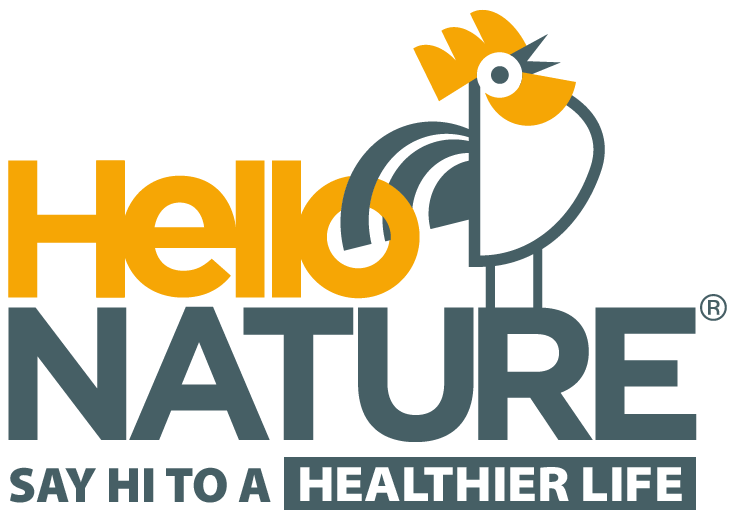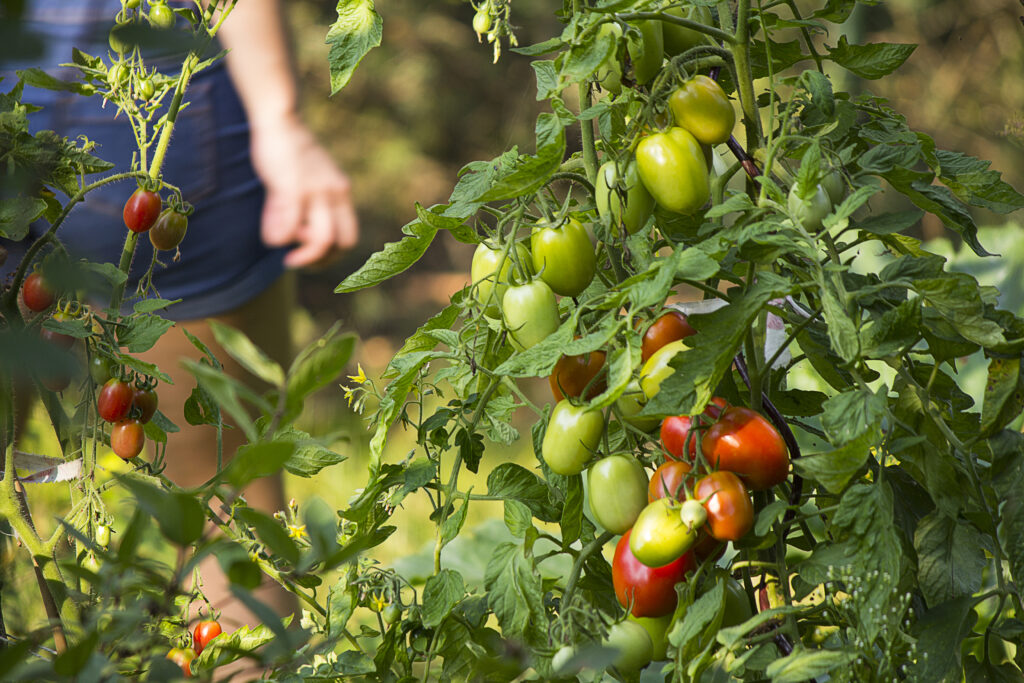Summary of Protein Hydrolysate Stimulates Growth in Tomato Coupled With N-Dependent Gene Expression Involved in N Assimilation
Biostimulant Activates Tomato Nitrogen for Enhanced Growth and Nutrition
Plant-derived protein hydrolysates (PHs) are increasingly recognized for their role in sustainable agriculture. In particular, this study demonstrates how a biostimulant activates tomato nitrogen metabolism, improving both plant growth and nutritional quality. The effects of a legume-derived PH were evaluated under optimal (112 mg L−1) and sub-optimal (7 mg L−1) nitrogen (N) concentrations in tomato (Solanum lycopersicum L.).
Biostimulant Activates Tomato Nitrogen Uptake and Assimilation
Tomato plants treated with the PH via substrate drench showed significant increases in root and total plant dry weight (21% and 17%, respectively), SPAD index (7%), and leaf nitrogen content (6%) compared to untreated plants. Foliar application of the biostimulant gave intermediate improvements, highlighting the importance of application method in activating tomato nitrogen pathways.
Molecular Mechanisms: How the Biostimulant Activates Tomato Nitrogen Genes
Gene expression analyses revealed that under low nitrogen conditions, PH treatment reduced transcript levels of nitrate reductase (NR), nitrite reductase (NiR), and nitrate/ammonium transporters in both leaves and roots. Conversely, the expression of amino acid transporter genes was up-regulated, indicating enhanced nitrogen redistribution within the plant. Under high N conditions, the PH significantly up-regulated ammonium and amino acid transporter genes, as well as NR, NiR, and ferredoxin-dependent glutamate synthase (GLT) in roots. Additionally, GS1, GS2, and GDH transcripts were increased in leaves following substrate drench application.
Benefits of Using Biostimulants in Tomato Production
These findings demonstrate that a legume-derived PH functions as an effective biostimulant, activating tomato nitrogen metabolism and improving growth, nutrient content, and N-use efficiency. Using such biostimulants in vegetable production can enhance plant resilience, support sustainable fertilization strategies, and ultimately increase yield and quality.
Publication: Frontiers in Plant Science









